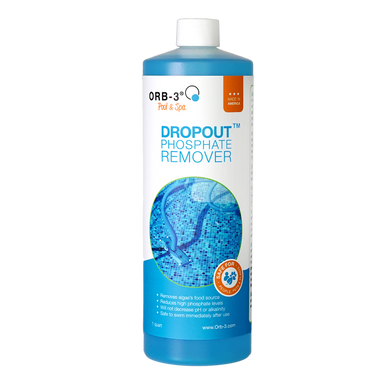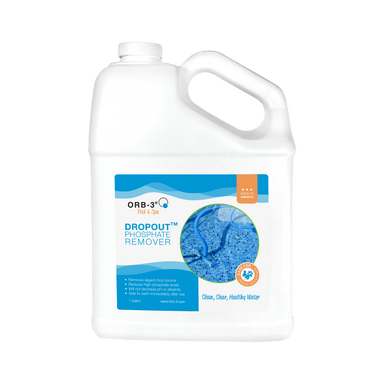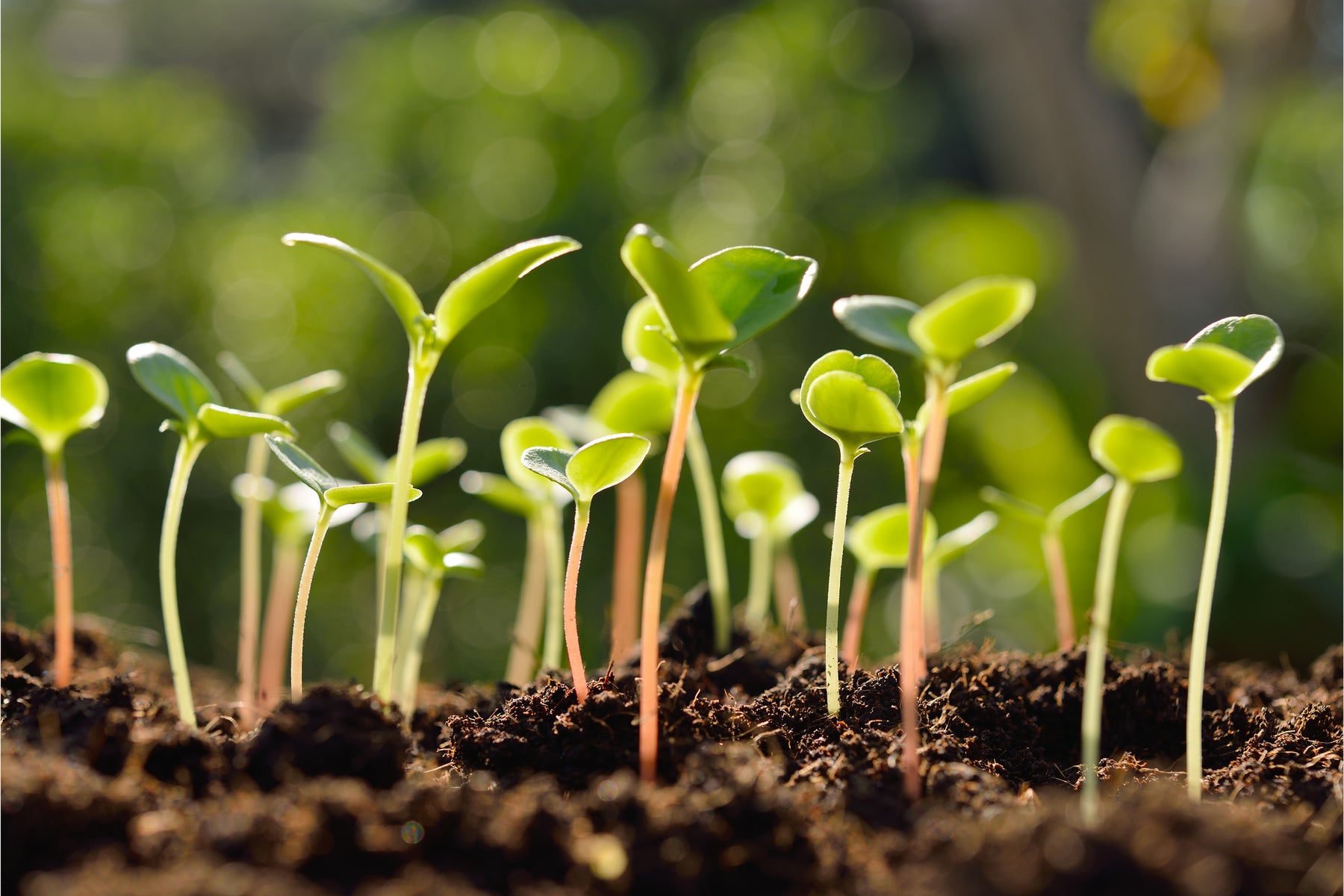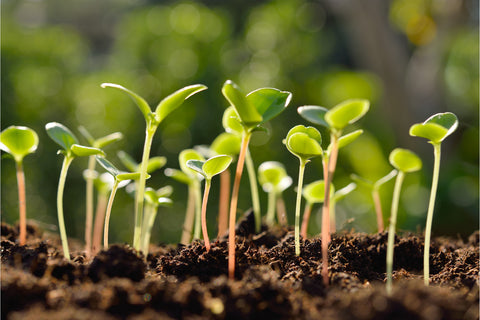

Orb-3 DropOut
The days of green water are over! Along with your filter, Orb-3 DropOut gets rid of the green, cloudy pool water. Designed to reduce high levels of...
View full details
Wiggle Worm Earthworm Castings are safe at any concentration. Here are some guidelines to help you with planting a vegetable garden, perennials, roses, lawns, casting tea and more.
Line bottom and sides of plant holes and seed furrows with 1"-2" of earthworm castings. Set seeds or plants in place and cover with soil. Side dress during growing season at a rate of 1/2 cup per plant or 1 cup per linear foot of row once every 2 months.

Work 1/2 cup earthworm castings into the soil above their root zone taking care not to damage shallow roots. Apply in spring, early summer and early fall.
Potting mix-use 1 part earthworm castings to 3 parts soil.
Add 1-2 inches of earthworm castings to top of soil. Mix in taking care not to damage shallow roots - water - repeat every 2-3 months.
Mix 1 part earthworm castings to 3 parts soil. Surround newly dug hole with mixture. Spread roots over a mound of the mix in the hole and cover.
Mix 4 cups of earthworm castings into soil 2-3 inches below the surface for each plant.
Apply 10 lbs. per 100 sq. ft. Work lightly into the topsoil. Mix in grass seed and water well.
Distribute as top dress 10 lbs. per 100 sq. ft.
Soak 1 part earthworm castings in 3 parts water for 12-24 hours. Stir well and water as usual. Casting tea is excellent for fruiting, flowering or difficult to access potted plants.
Spread a thin layer of earthworm castings between each new layer of material to be composted.
Looking for more ways to grow healthy, vibrant plants? Add Blue Ribbon Organic Compost to your worm castings and soil. A popular mix is 1/3 peat moss, 1/3 horticultural grade vermiculite (coarse), 1/3 Blue Ribbon Organic Compost and Wiggle Worm Earthworm Castings.